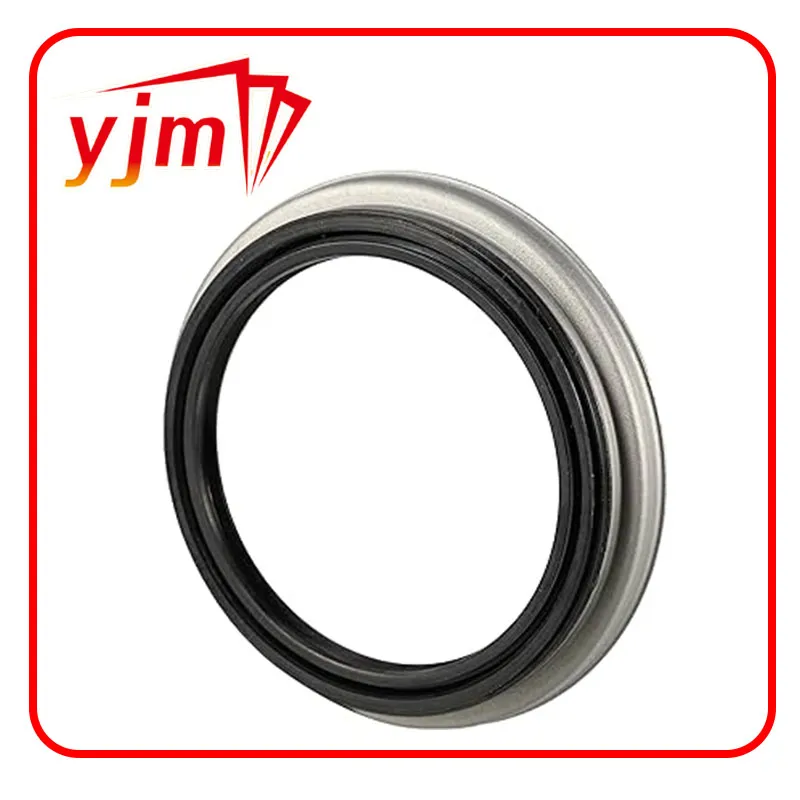17mm oil drain plug
Understanding the Importance of the 17mm Oil Drain Plug A Guide for Vehicle Maintenance
In the world of automotive maintenance, oil changes are one of the fundamental tasks that every vehicle owner should be familiar with. A crucial component in this process is the oil drain plug, and specifically, the 17mm oil drain plug. This small yet significant part plays a vital role in ensuring the longevity and efficiency of your vehicle's engine. In this article, we will explore the importance of the 17mm oil drain plug, how to properly use it, and tips for maintaining your vehicle’s oil system.
What is an Oil Drain Plug?
An oil drain plug is a small threaded plug located at the bottom of the oil pan in most vehicles. Its primary function is to provide a means for draining old engine oil from the oil pan during maintenance. The 17mm oil drain plug indicates that the plug requires a 17mm socket or wrench for removal, a standard size for many vehicles. This plug is crucial for the oil changing process as it allows for the complete removal of old oil, enabling the replacement with fresh lubricant that ensures the engine operates smoothly.
The Significance of the 17mm Size
The 17mm size is common in many modern vehicles, making it a familiar tool for many mechanics and DIY enthusiasts. Using the correct size socket is essential to avoid stripping the plug’s threads or damaging the oil pan. Incorrect sizes can lead to problems during removal or reinstallation, which can result in leaks or, in severe cases, a complete failure of the oil system.
How to Use a 17mm Oil Drain Plug
1. Preparation Before starting the oil change, ensure that the engine is warmed up slightly, as warm oil drains faster. Gather your tools—including a 17mm socket, oil catch pan, and new oil.
2. Positioning Park your vehicle on a flat surface and raise it using jack stands if necessary for better access to the oil drain plug.
3. Loosening the Plug Place the oil catch pan under the oil pan where the drain plug is located. Use the 17mm socket to carefully loosen the drain plug. Be cautious, as oil will begin to flow out immediately upon removal. Allow the oil to drain completely.
17mm oil drain plug

4. Cleaning the Plug Once drained, clean the surface of the drain plug to remove any debris or old oil. This helps ensure a good seal when the plug is reinstalled.
5. Reinstallation After the old oil has drained completely, reinstall the drain plug, making sure it is securely tightened but not over-tightened, as this can damage the threads.
6. Final Steps After reinstalling the plug, refill the engine with new oil through the oil filler cap, checking the owner’s manual for the correct type and quantity. Run the engine briefly and check for leaks around the drain plug.
Maintenance Tips
Regular oil changes are essential for any vehicle’s performance, and paying attention to the oil drain plug can prevent a host of problems down the line. Here are some tips for maintaining the integrity of your oil drain plug
- Inspect for Damage Regularly check your drain plug for any signs of wear or damage. A damaged plug can cause leaks, which may lead to oil loss and engine damage.
- Avoid Over-tightening When reinstalling the drain plug, ensure it is snug but avoid overtightening. Excessive force can strip the threads and create significant issues that may necessitate costly repairs.
- Use a New Washer Many drain plugs have a washer that helps create a seal. It’s advisable to replace this washer with each oil change to ensure a tight seal and prevent leaks.
Conclusion
The 17mm oil drain plug, though often overlooked, is a small but vital component of your vehicle’s lubrication system. Understanding how to properly use and maintain this part can help ensure that your engine runs efficiently and extends its lifespan. Regular oil changes and proper care of the oil drain plug can save you money and reduce the risk of encountering severe engine issues. So, the next time you head out for an oil change, remember the importance of that little 17mm plug beneath your vehicle.
-
The Ultimate Guide to Boat Propeller Bearings and Trailer Wheel Bearings
News Jul.31,2025
-
The Essential Guide to Marine Bearings and Boat Trailer Wheel Bearings
News Jul.31,2025
-
The Complete Guide to Heavy Duty Seals: Protecting Doors and Spaces Efficiently
News Jul.31,2025
-
Essential Guide to Marine Shaft Bearings and Boat Trailer Axle Bearings
News Jul.31,2025
-
Comprehensive Guide to Marine and Trailer Bearings for Safe Boating and Transport
News Jul.31,2025
-
Comprehensive Guide to Automotive Oil Seals: Protecting Your Engine and Shafts
News Jul.31,2025
-
Understanding Automotive Oil Seals: Essential Components for Engine and Shaft Protection
News Jul.30,2025
Products categories















